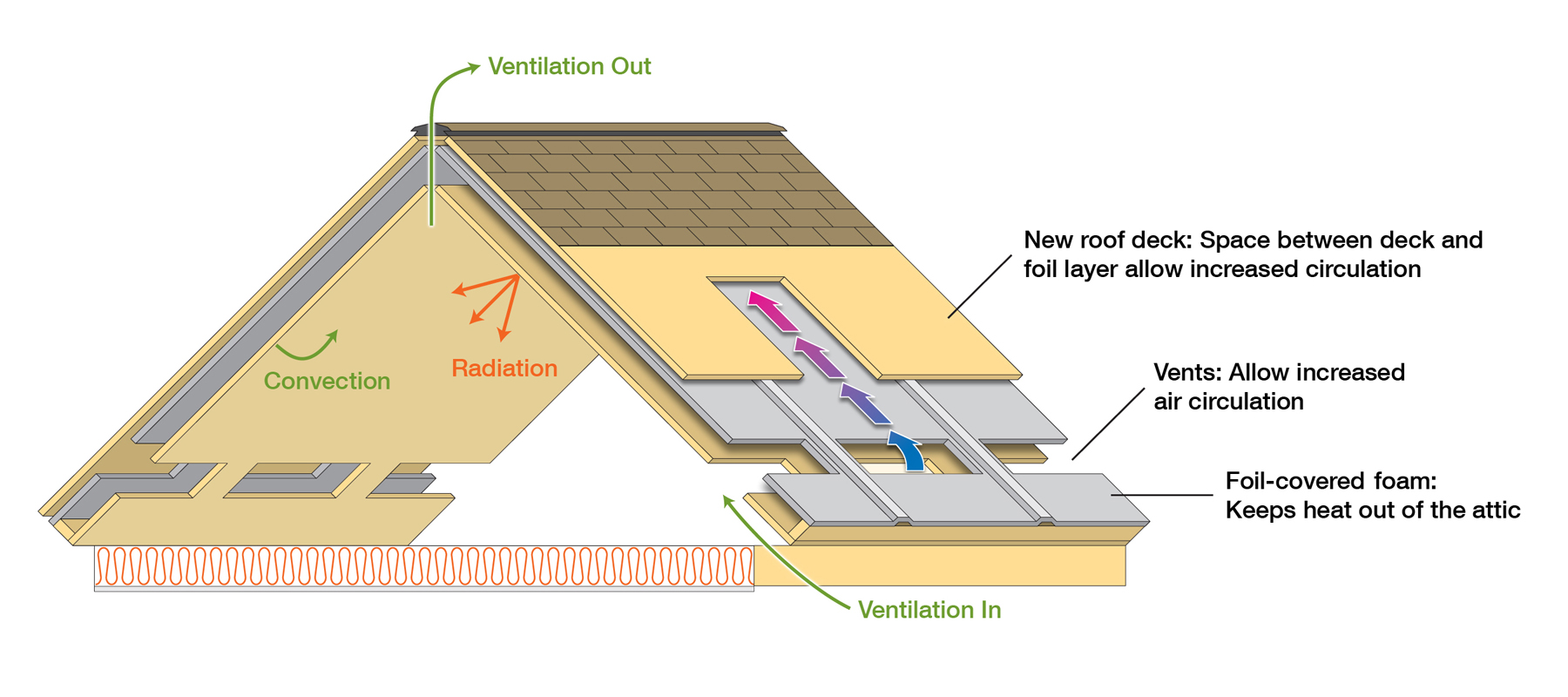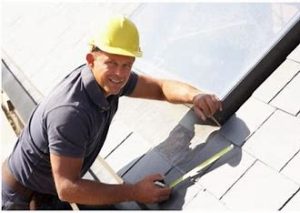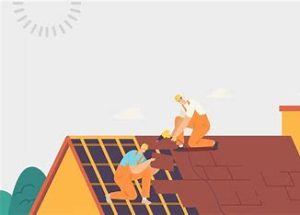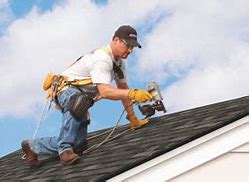Roof insulation, often an overlooked component of home construction, plays a pivotal role in energy conservation. A well-insulated roof contributes significantly to maintaining a comfortable indoor climate and reducing energy costs. But how does this work scientifically? Let’s dive into the intricacies of roofing insulation and its correlation with energy savings.
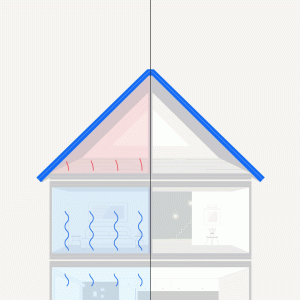 Understanding Heat Transfer
Understanding Heat Transfer
To grasp the importance of roofing insulation, we must first understand the three primary modes of heat transfer:
- Conduction: Direct transfer of heat through a material.
- Convection: Transfer of heat through fluids (like air) due to temperature differences.
- Radiation: Transfer of heat in the form of electromagnetic waves.
The primary goal of roof insulation is to minimize these heat transfers, ensuring the home remains warm during winters and cool during summers.
Roof Insulation: The Science at Play
- Thermal Resistance: Insulating materials are rated based on their R-value, which measures their resistance to conductive heat flow. The higher the R-value, the greater the insulating effectiveness. Materials like fiberglass, foam, and cellulose have high R-values, making them suitable for roof insulation.
- Minimizing Convective Loops: Insulation reduces the movement of air within its structure. By doing this, it curbs the formation of convective loops, which can carry heat in and out of the home.
- Radiative Barriers: Some modern insulating materials come equipped with reflective surfaces. These reflect radiant heat, preventing it from entering (or leaving) the home, especially beneficial in areas with high sun exposure.
Energy Savings and Insulation
- Reduced HVAC Load: With effective insulation, the heating, ventilation, and air conditioning (HVAC) system doesn’t need to work as hard, leading to lower energy consumption and extended equipment life.
- Consistent Indoor Climate: Insulation ensures fewer temperature fluctuations, contributing to consistent indoor comfort.
- Cost Savings: Less energy consumption means reduced utility bills. While the upfront cost of quality insulation might seem high, the long-term savings, both monetary and energy-wise, are substantial.
- Environmental Impact: Reduced energy consumption also means fewer carbon emissions, contributing to a smaller carbon footprint for the household.
Optimizing Roof Insulation
- Seal the Gaps: Even the best insulation can falter if there are gaps or cracks in the roof. Ensuring a sealed roof enhances insulation effectiveness.
- Layering: Depending on the climate, layering different types of insulation can be beneficial. This provides multiple barriers to heat transfer.
- Regular Inspections: Like all components of a home, insulation can degrade over time. Regular inspections ensure it remains in top condition.
Conclusion
The science behind roofing insulation offers insight into its critical role in energy savings and home comfort. While it’s easy to prioritize more visible aspects of home construction and design, understanding the nuances of insulation underscores its undeniable importance. Investing in quality roofing insulation is not just an architectural decision; it’s a long-term pledge to sustainability and efficiency.

